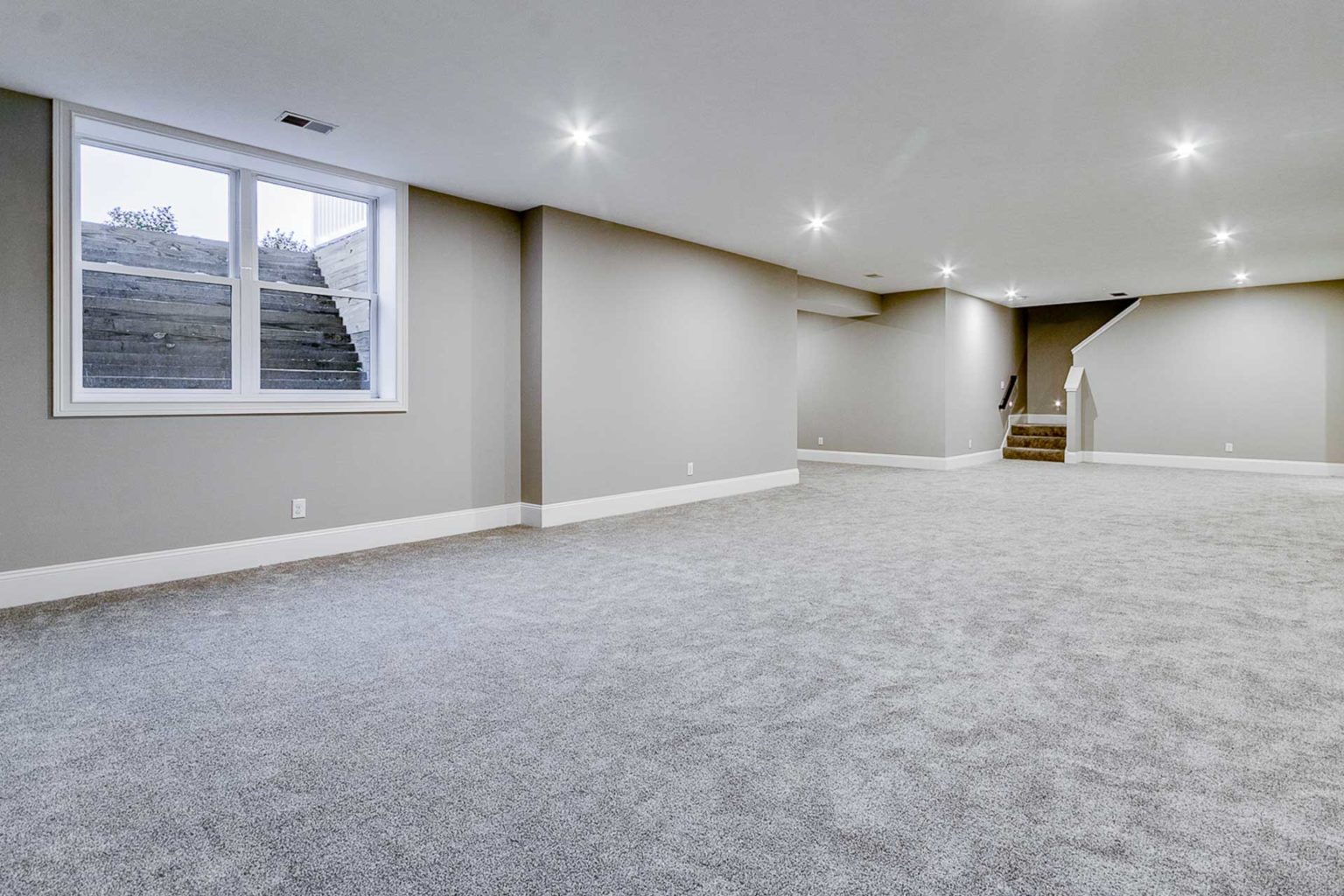If you plan to take on a waterproofing basement project, this article will take you through the steps if you intend to DIY. Use this guide, assuming you’re well aware of the water issues in your basement and that your DIY skills are up for the task.
If the job is out of your hands and DIY’ing would result in a mediocre job, we recommend you hire a contractor.
Basements are especially prone to getting wet and accumulating moisture because they are below ground level. Poor drainage, cracks in the floor and entry points such as egress windows and basement doors are all areas for moisture to seep through. Poorly maintained concrete, tar etc. are also culprits for allowing moisture to seep through.
When it comes to water damage, prevention is always better than repair. When you see water inside your basement, understand that you’ve had a water issue long beforehand. Visible water in the basement is an overdue sign that you need to waterproof your basement.
[ez-toc]Process for Waterproofing Basement
Clean Up Water
If there is water present inside your basement, the first step is to clean it up and dry the area thoroughly. Do not attempt to seal any openings until all the present water in your basement is gone. This is a crucial step to prepare for waterproofing because products like sealants need to cure correctly on a clean and dry surface.
Assess The Basement For Sources Of Water
Once the water is cleaned up, assess the source of moisture. This can come from a single or a variety of sources.
Check where water pools on the floor and the walls get damp. Assess the state of your concrete and grout. Check as well for condensation coming from pipes. These are all visible sources of water you can find in the basement.
Seal Small Cracks With Sealant
For superficial cracks and crevices along your walls and floor, use a high-quality sealant to stop water from coming through. A masonry crack filler or an elastic sealant works well for small cracks.
Fill In Holes With Hydraulic Cement
For holes and larger cracks with hydraulic cement. This is an excellent option for sealing large holes because it prevents water, even high pressure water, from coming through.
Many brands of hydraulic cement dry quickly, within 5 minutes. Plan accordingly where you’ll be using it. Have a trowel at the ready to ensure a smooth finish after application. Allow it to fully cure for at least 24 hours, or follow the product instructions before sealing it with waterproof paint.
Seal Entrances With Caulk
For entry points such as the basement door and egress windows, seal them with caulk.
Insulate Pipes
Insulating your pipes for the winter season prevents condensation and prevents your pipes from bursting open. Also, you’ll save on your electricity bill with properly insulated pipes.
Purchase pipe wraps and measure them to the pipe you’ll be insulating. This is the outside diameter of the pipe by the length of the pipe. Place the pipe insulation sleeve on all your pipes and seal it with the sleeves’ built-in self-adhesive, duct tape or any other waterproof appropriate adhesive.
Make sure to cover the entire surface of the pipe. If you need to overlap your pipe sleeve, overlap them by half an inch for adequate coverage.
Top Off With Waterproof Coating
Protect your walls and floors with a waterproof coating that can withstand water leaks and hydrostatic pressure.
Go for a high-quality masonry waterproofer for your walls. Roll on at least two coats to allow the product to get through and saturate porous masonry walls.
For a basement floor, consider an epoxy coating as the final waterproof layer.
Install A Ventilation System
Humidity and moisture can easily get trapped in a basement. A ventilation system moves moisture out and keeps airflow in the basement. This prevents mold, lowers the humidity level and keeps the air in your basement dry.
Consider A Sump Pump
Homeowners that live in areas that experience frequent or heavy rainfall should consider installing a sump pump to address the likelihood of flooding during heavy rain.
When it rains, the soil surrounding the outside of your basement becomes saturated. This rain water can gather beneath the foundation of your basement. This makes your basement floors more prone to seeping and leaks. This is especially true when the water stays there for long periods of time or if there’s constant rainfall.
A sump pump, installed above or below your basement floor, will collect and discharge flood water away from your home. This keeps water away from your basement and reduces the likelihood of water seeping through your floors.
Check your house’s downspouts on the topic of diverting water away from your home. They may be channelling more water below your foundation’s basement than you realize. If this is the case, redirect them away from your home.
When To Call A Professional
Apart from not being up for the task of waterproofing your basement, you should call a professional to waterproof your basement for you when:
- You don’t know how deep existing water damage goes.
- Water has seeped through from the exterior of your home.
- When the waterproofing job is extensive. It’s better to enlist a professional for quality control.
- When there’s visible mold in your basement. Mold is a sure sign of moisture and is present long before it’s visible. When mold is visible, it’s already considered an overgrowth.
- When your walls or floors are warped from moisture.
- When you can’t pinpoint where moisture is coming from.
- You’re installing professional waterproofing equipment such as a french trench or sump pump.
- When your basement is still leaking even after you’ve sealed off holes and cracks.
Final Thoughts
A professionally waterproofed basement can cost $3 to $10 per square foot of waterproofing, or an average of $1900 to $6500.
When it comes to waterproofing a basement, the sooner the better. As long as you’re up for the task and your DIY skills are up to par, you can handle many waterproofing issues. Addressing leaks where you’re capable can save you money if you decide to hire a professional for a more complex waterproofing task. Remember that waterproofing needs to be done perfectly if you want guaranteed results. Do it once and do it right.









